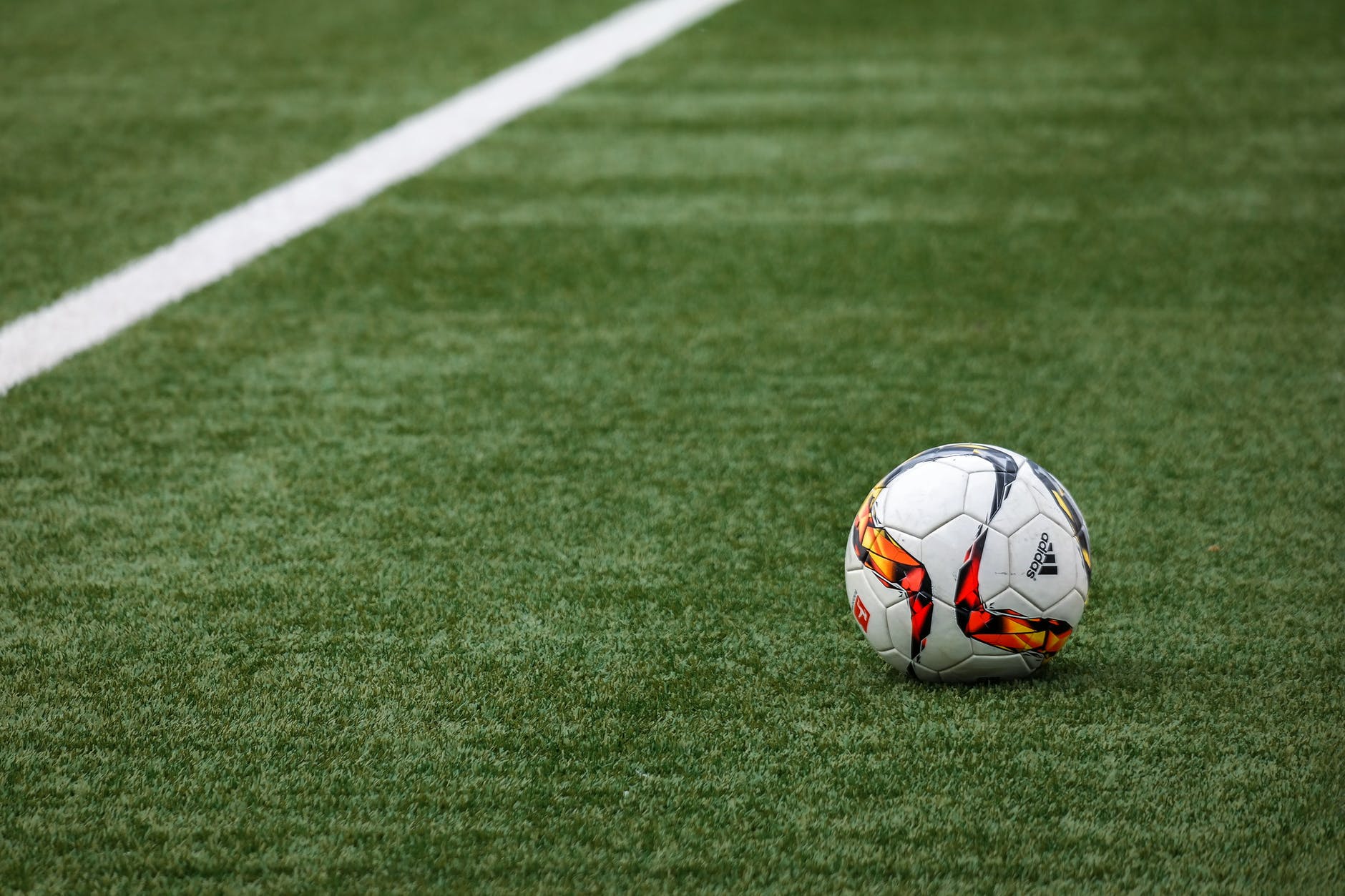Football’s spirit is timeless and can never be diminished. Furthermore, the majority of the equipment used in football — balls, stadiums, and uniforms can not be diminished too i.e. is not biodegradable. Have you ever wondered what are the bad impacts that sports can have on Mother Nature?
How is Soccer Harming The Environment?
A football’s environmental implications appear at all phases of its life span. These include the manufacture of the raw materials used to produce the ball, the power consumption in the manufacturing process, the transportation of raw materials and finished products around the world, and what occurs to balls after they have served their purpose.
The majority of modern clothing apparel is constructed of lightweight synthetic materials – mainly polyester – and because polyester is a kind of PET plastic, the primary raw material in football kits will come from oil. And what about the game itself? How can go to the stadium, rather than watching it on TV, damage everything we love and cherish about our planet? You will surely help the planet by walking or cycling to the match, but most of the audience doesn’t do that. Let’s say a word or two about soccer balls as well. One of our most often utilized items is a soccer ball. You’re pushing that ball through a lot of wear and tear between team practices, personal training, and games, so it’s the thing you’re continually rushing to the store to replace. Not only does this harm your pocket, but it also harms the environment. Plastic, cotton, rubber, and animal materials are used to make soccer balls. The mix of those materials makes recycling extremely challenging. You can’t simply throw it in the closest recycling bin and be done with it.
What’s the solution?
Have you visited Biodegradable Sporting Goods Store? This is the best eco option that is available at the moment, and everyone who’s playing soccer should turn to it and give their contribution by purchasing biodegradable soccer balls. They are the best since they are super-durable and made of eco-friendly materials.
Synthetic leather is used in many vegan soccer balls lately, partly since it does not absorb moisture as animal skin does. However, depending on where in the world you buy your soccer ball, it may still include animal parts. Make sure your ball is animal-friendly before you purchase it. Consumers searching for humane, sustainably sourced soccer balls will love these balls made of environmentally friendly vegan materials.
Teaching your kids to give their contribution towards saving our planet is of utmost importance. Give them examples of how to be eco-friendly and show them that they have the opportunity to play with size 3 soccer balls. Remember that good habits are learnt from the youngest age.
What to do with your old non-biodegradable soccer balls?
In order to save you time and give you a hand, we’ve compiled a list of the top soccer ball recycling solutions.
- Donate
Find a charity organization and donate it if the ball is still in good form but you need to upgrade in size or simply want to switch. Is there another alternative? Sure there is! Even if the ball is completely deflated, donating it to a local animal shelter or nonprofit may be able to resurrect it. In any case, those adorable pups will welcome a new toy!
- Reuse
Upcycling is a better option than recycling. Take your deflated soccer ball around the house for some fun and imaginative DIY ideas. You can construct a flower pot, a purse, or a sports hat, among other things.
- Recycle
Lastly, because of the complicated elements of a soccer ball, you may have to seek help from your local recycling facility when it comes to recycling. Finally, if a facility takes tires for recycling, it is likely that it will also take soccer balls.
To sum up, aim to play with biodegradable soccer balls because they are good for the environment!
